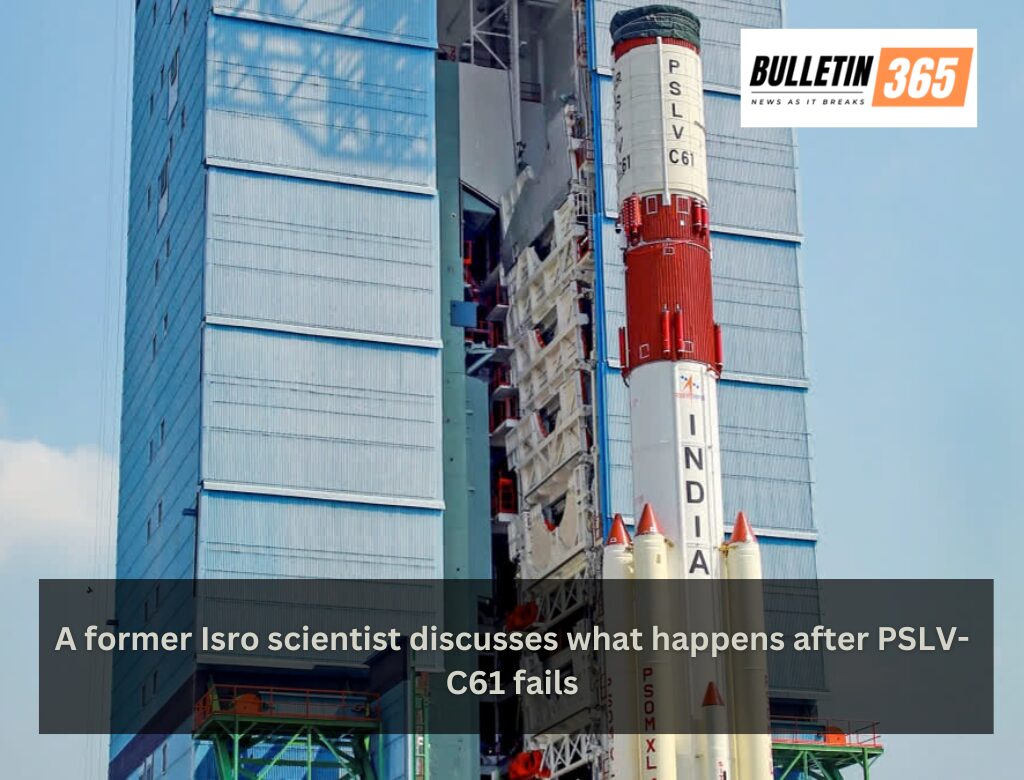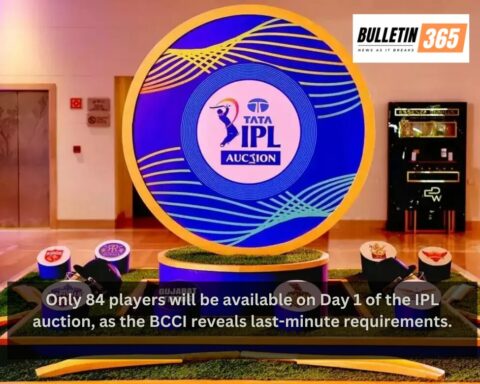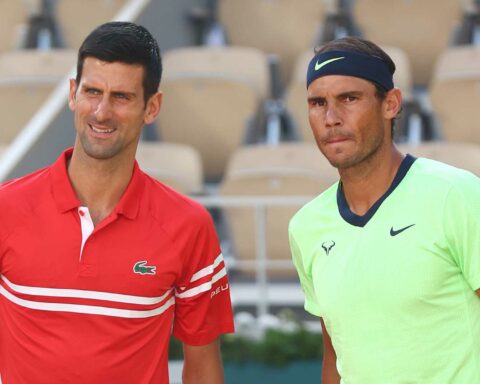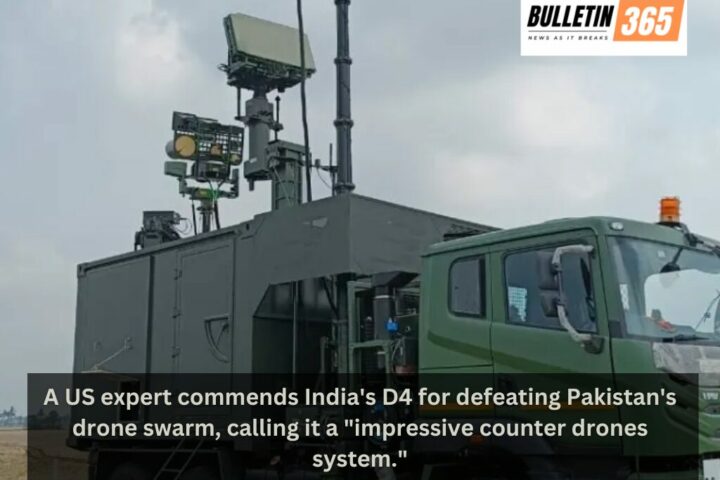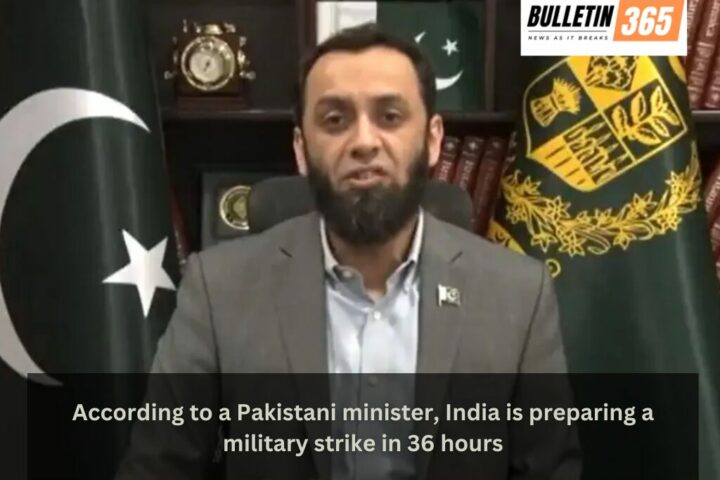A former Isro scientist discusses what happens after the PSLV-C61 mission fails. This is how Isro usually goes about analyzing a mission that was lost, like a launch failure.
In an effort to provide India with an advantage in all-weather imagery, it was launching the Earth Observation Satellite (EOS-09) into space. (Image: Isro)
Large volumes of real-time data are collected by Isro’s telemetry systems, and the FAC will carefully examine the flight data. To determine the precise moment of divergence, Isro will examine the flight data.
The Polar Satellite Launch Vehicle was launched by the Indian Space Research Organization (Isro) from Sriharikota’s Satish Dhawan Space Centre at 5:59 a.m. IST. However, the rocket drifted off course during the crucial third-stage burn, leading to a significant disaster. In an effort to provide India with an advantage in all-weather imagery, it was launching the Earth Observation Satellite (EOS-09) into space.
NOW WHAT? Isro starts a rigorous and methodical procedure to analyze a space mission’s failure and determine its underlying reason. In order to guarantee safer and more dependable missions in the future, this procedure is essential. This is how Isro usually goes about analyzing a mission that was lost, like a launch failure. Establishing a Failure Analysis Committee (FAC) including professionals from different Isro institutions, such as engineers, scientists, and mission specialists, is the first stage.
For example, the FAC would review telemetry graphs displaying metrics such as the abrupt drop in relative velocity (from 6 km/s to 2.45 km/s) and the associated altitude and trajectory data in the event of a failure such as the PSLV-C61/EOS-09 mission, where velocity plummeted abruptly.
The flight data and all activity-related data, from stage preparation at the launch complex to the countdown to liftoff, will be carefully examined by the FAC. To determine the precise moment of divergence, the committee then examines the flight data.
India sought to improve its standing in space-based earth observation with EOS-09.
This entails contrasting the intended profile—such as the target velocity curve following satellite separation—with the actual performance. The team reconstructs the sequence of events by cross-referencing the data with inputs from tracking stations and ground-based radar if it reveals anomalies, such as engine shutdowns or structural problems. For instance, the crew would look into closed loop guidance telemetry and propulsion system records if the third stage (PS3) failed. Isro also evaluates the rocket’s design and production procedures and does simulations. This involves inspecting parts like engines, avionics, or guidance systems for possible defects. Errors are also checked in the software algorithms that govern the rocket’s navigation and control systems. After that, the FAC creates a thorough report that pinpoints the underlying cause, whether it was a technical malfunction, a human error, or outside influences like the weather.
The problem is addressed using suggestions, such as alterations to the design or adjustments to the procedure. Isro changed its testing procedures and active processes to achieve the necessary performance following the 1993 PSLV-C1 failure caused by a software bug and the EOS03 failure caused by a tank pressurization problem in GSLV CUS. Isro’s dependability in space exploration is increased by this exacting procedure, which guarantees that every setback serves as a springboard for future achievements.

